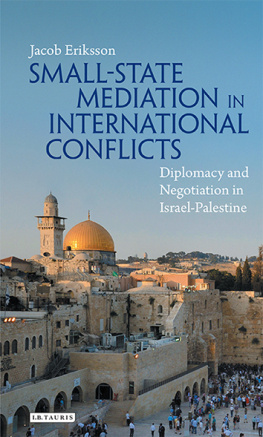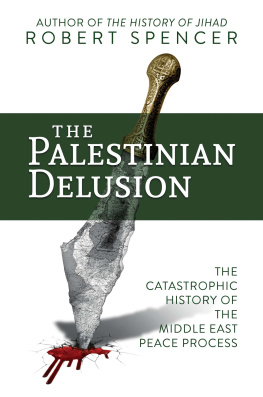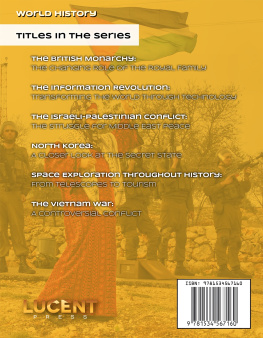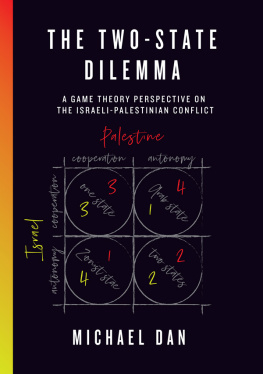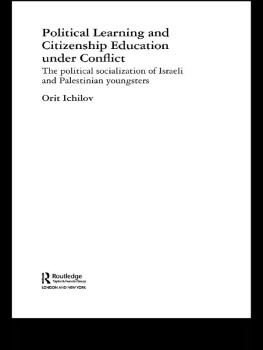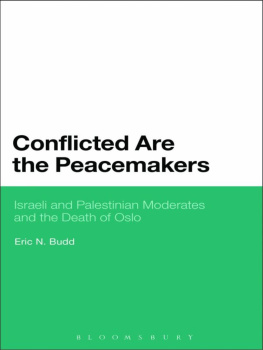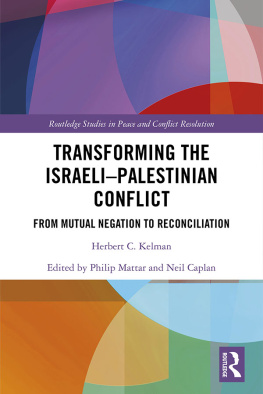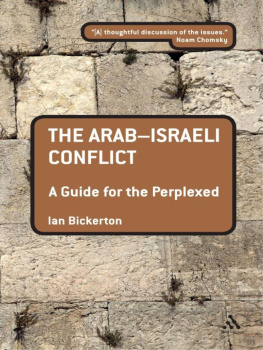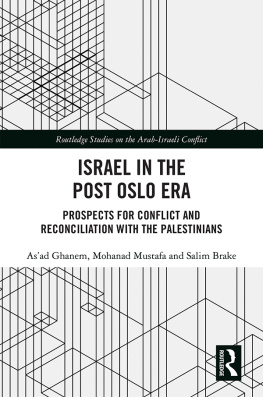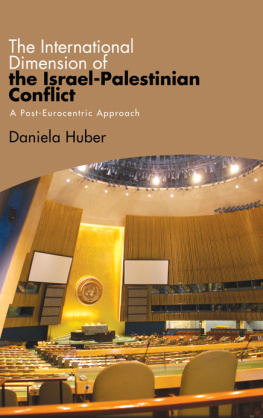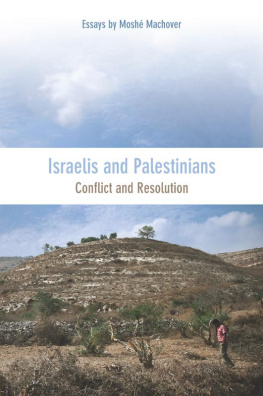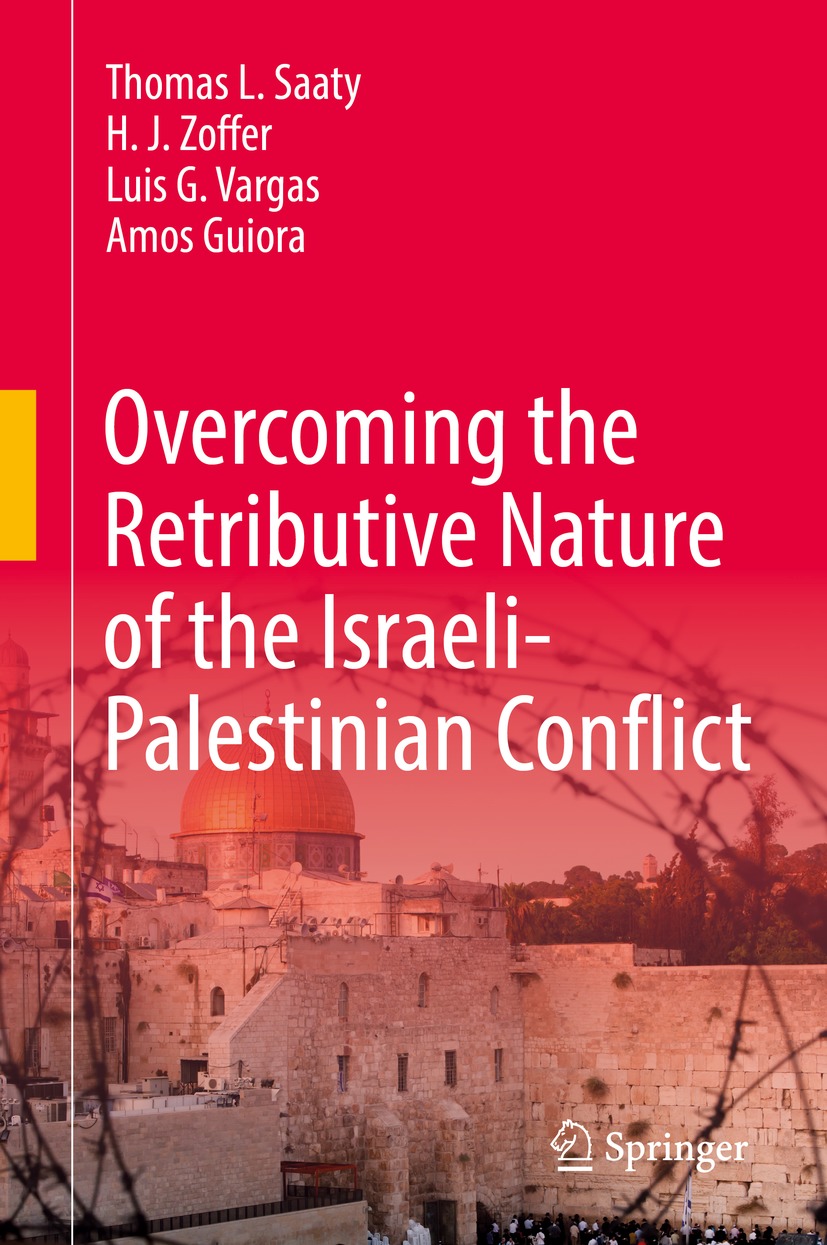Thomas L. Saaty
University of Pittsburgh, Pittsburgh, PA, USA
H. J. Zoffer
University of Pittsburgh, Pittsburgh, PA, USA
Luis G. Vargas
University of Pittsburgh, Pittsburgh, PA, USA
Amos Guiora
SJ Quinney College of Law, University of Utah, Salt Lake City, UT, USA
ISBN 978-3-030-83957-4 e-ISBN 978-3-030-83958-1
https://doi.org/10.1007/978-3-030-83958-1
The Editor(s) (if applicable) and The Author(s), under exclusive license to Springer Nature Switzerland AG 2022
This work is subject to copyright. All rights are solely and exclusively licensed by the Publisher, whether the whole or part of the material is concerned, specifically the rights of translation, reprinting, reuse of illustrations, recitation, broadcasting, reproduction on microfilms or in any other physical way, and transmission or information storage and retrieval, electronic adaptation, computer software, or by similar or dissimilar methodology now known or hereafter developed.
The use of general descriptive names, registered names, trademarks, service marks, etc. in this publication does not imply, even in the absence of a specific statement, that such names are exempt from the relevant protective laws and regulations and therefore free for general use.
The publisher, the authors and the editors are safe to assume that the advice and information in this book are believed to be true and accurate at the date of publication. Neither the publisher nor the authors or the editors give a warranty, expressed or implied, with respect to the material contained herein or for any errors or omissions that may have been made. The publisher remains neutral with regard to jurisdictional claims in published maps and institutional affiliations.
This Springer imprint is published by the registered company Springer Nature Switzerland AG
The registered company address is: Gewerbestrasse 11, 6330 Cham, Switzerland
Preface
Overcoming the Retribute Nature of the Israeli Palestinian Conflict reflects a determined effort to address a seemingly irresolvable conflict. While we do not claim to have all the answers on how to untie a seeming Gordian knot stretching over an interminable period of time, we do have concrete recommendations on how to significantly move the ball forward. Our recommendations, presented in detail, are not based on a pipe dream, reflecting half-baked ideas, but rather the results of an extraordinary set of meetings in Pittsburgh, PA, USA, and Spain, over the course of more than a decade.
We are not the first to participate in such an undertaking. However, what distinguishes our effort, distinct from those that came before us, is that our work is predicated on a mathematical, hierarchical model called the Analytic Hierarchy Process (AHP). It is the application of a prioritization-based approach rather than the traditional, zero-sum game model that enables us to state with a fair degree of confidence: implementation of the AHP suggestions will make a remarkably significant contribution to solving the conflict.
There is, of course, an important caveat of which we are well aware: at the end of the day, peace is made by leaders who convene, sometimes for an extended period of time, occasionally with great anger and distrust. The maxim that peace is made among enemies, not friends, is as true regarding this conflict as any other. More than that, we do notunder any circumstancesassert that the AHP comes instead of decision makers, carrying historical, political, religious, and personal baggage. But we do believe the AHP, as discussed at length in this book, gives decision makers tools unlike any other existing model.
The book reflects our distinct disciplines, experiences, and backgrounds. Parts of the book are mathematical in focus; other parts are more conversational. The sum total is an accurate barometer of our efforts these past years. For a reader whose orientation is mathematical models and numerical analysis, sections of the book will be familiar and highly relatable. For a reader whose focus is history-law-politics, other sections will be more comprehensible.
This approach is deliberate both because it reflects our own academic disciplines and because it is the most accurate manifestation of our approach to the conflict. To create a way forward for decision makers, traditional methods are not effective and therefore a creative mechanism fills the void. It is in that spirit that we have dedicated years to this project and the reason we have written this book.
The book is intended for a wide range of audiences; while, admittedly, some of the text may be challenging for those not steeped in mathematics, the discussion and explanation are intended to facilitate sufficient understanding to appreciate the applicability of what we propose. We took this into consideration when deciding both how to write the book and how to frame the discussion. We recommend the reader keep a sharp focus on the true objective of this project: to give decision makers tools for their toolbox they otherwise do not have. It is clear that numerous tools are missing from that elusive toolbox; adoption of what to discuss will significantly enrich the possibilities.
While we do not claim to step into the shoes of decision makers, we do note that the proposed resolutions that are at the core of this book reflect the collective wisdom of individuals who are, truly, subject matter experts. While we cannot disclose their identity, the reader will have to take our word that the Israelis and Palestinians we convened over the course of many years, in multiple locations in the world, under an absolute guarantee of anonymity, brought significant knowledge to the discussion.
There was mutual respect among the participants, some who knew each other from previous engagements. For some, the AHP presented a significant challenge; ultimately, all understood its benefit and value. Needless to say, arguments were part and parcel of the gatherings; sometimes, the arguments were loud and vociferous. That should come as no surprise to anyone who has spent time in the region.
However, while occasionally voices were raised and tempers flared, all participants were fully committed to the undertaking. There was, whether directly or tacitly acknowledged, an understanding that the AHPs uniqueness deserved their attention and merited their time and effort. This book, in its distinct voices, seeks to bring that level of commitment to reader and decision maker alike. If the book makes even a sliver of a contribution to resolution of the conflict, no one would be happier than us.
Overcoming the Retribute Nature of the Israeli Palestinian Conflict is structured as follows. Chapter looks ahead. This is the most difficult chapter due to recent developments as of the time of the finishing of the writing of this book in the spring of 2021.



